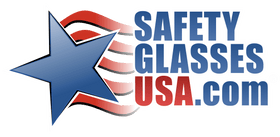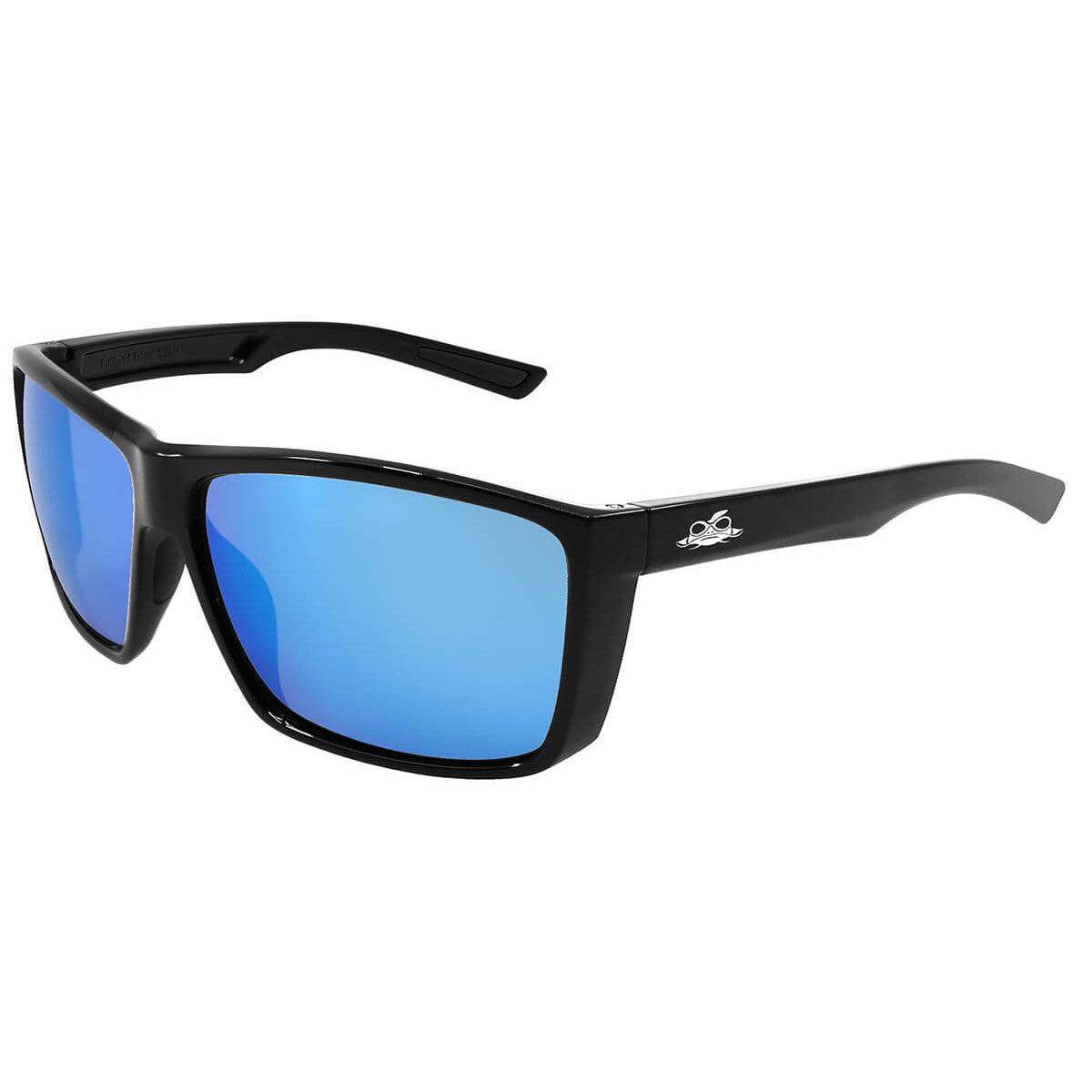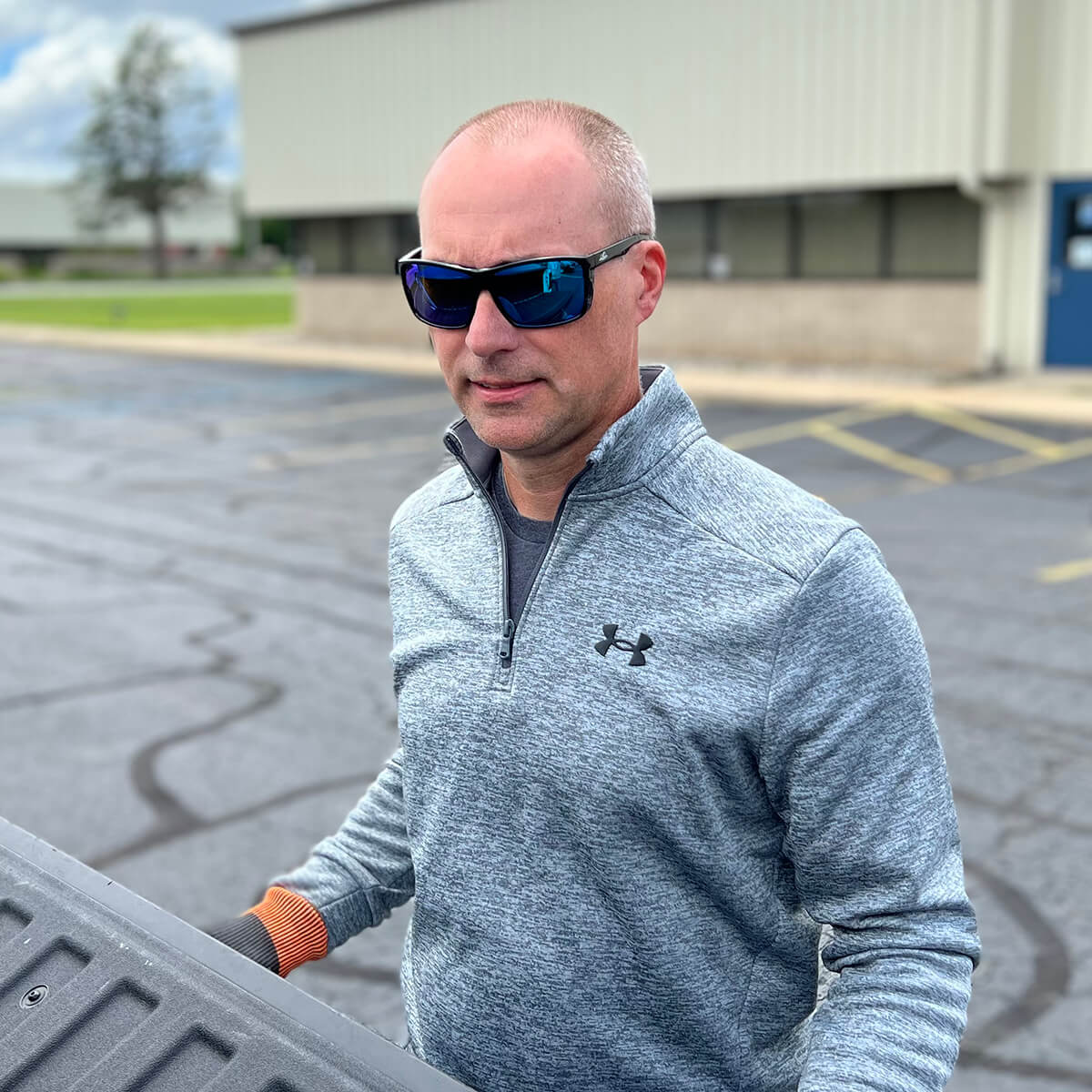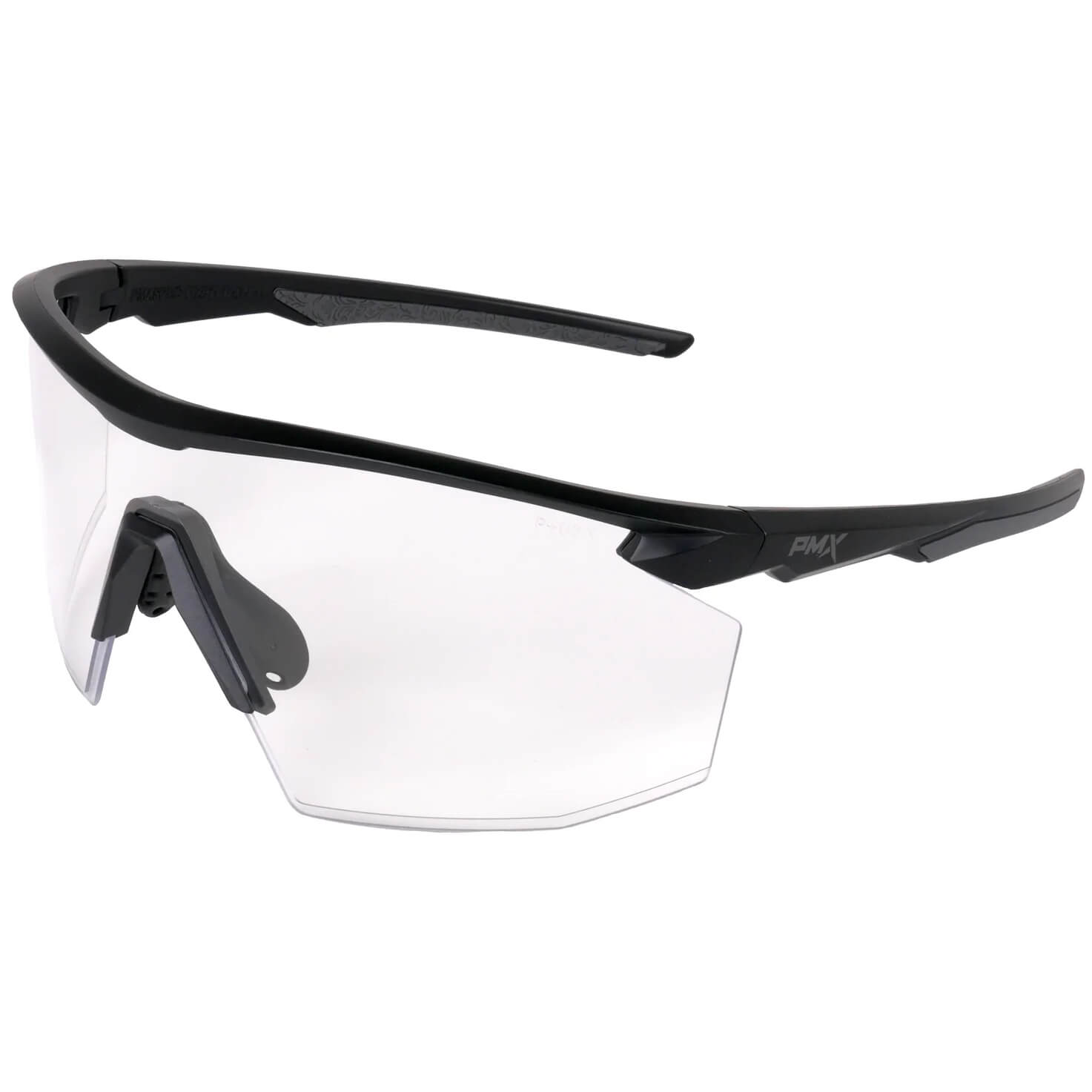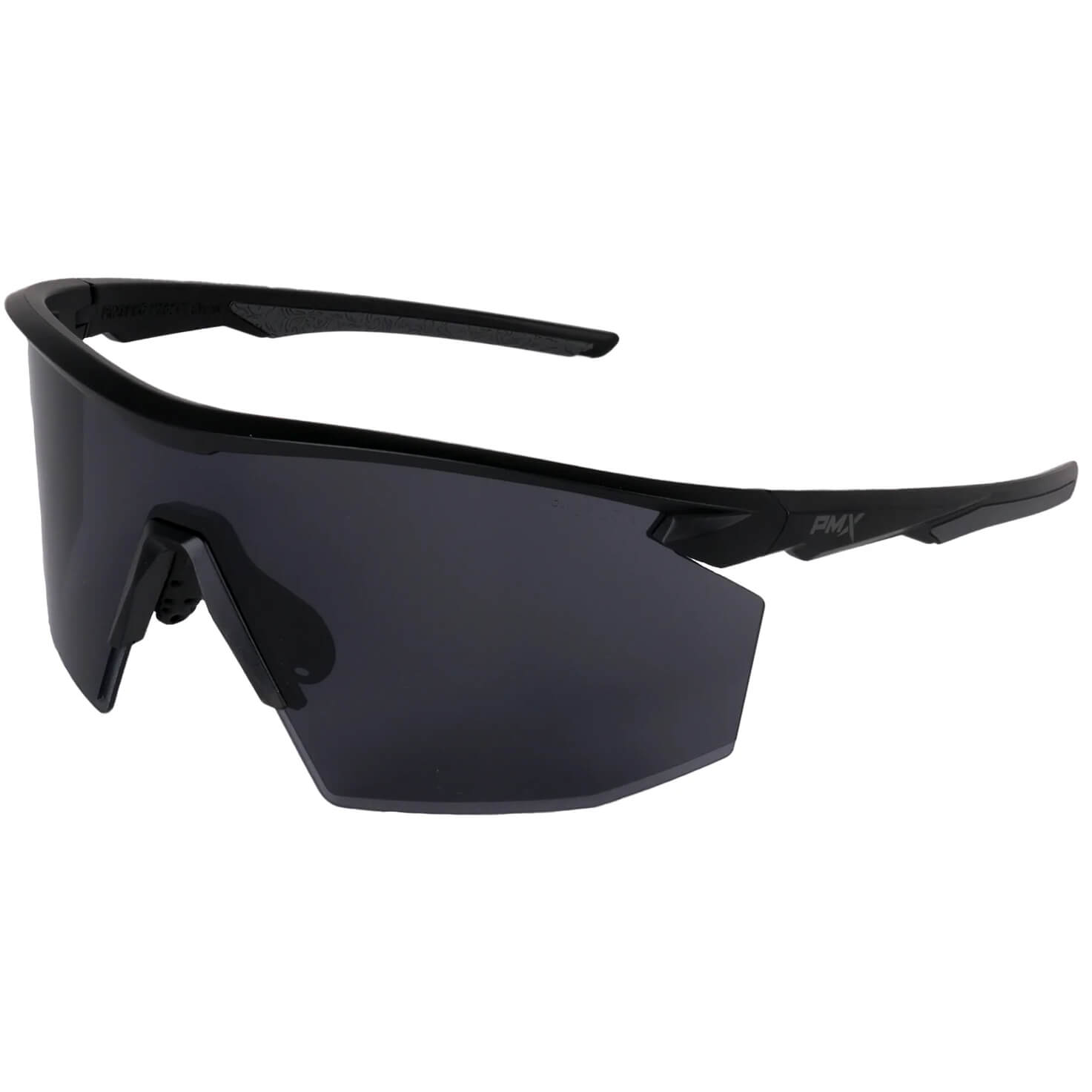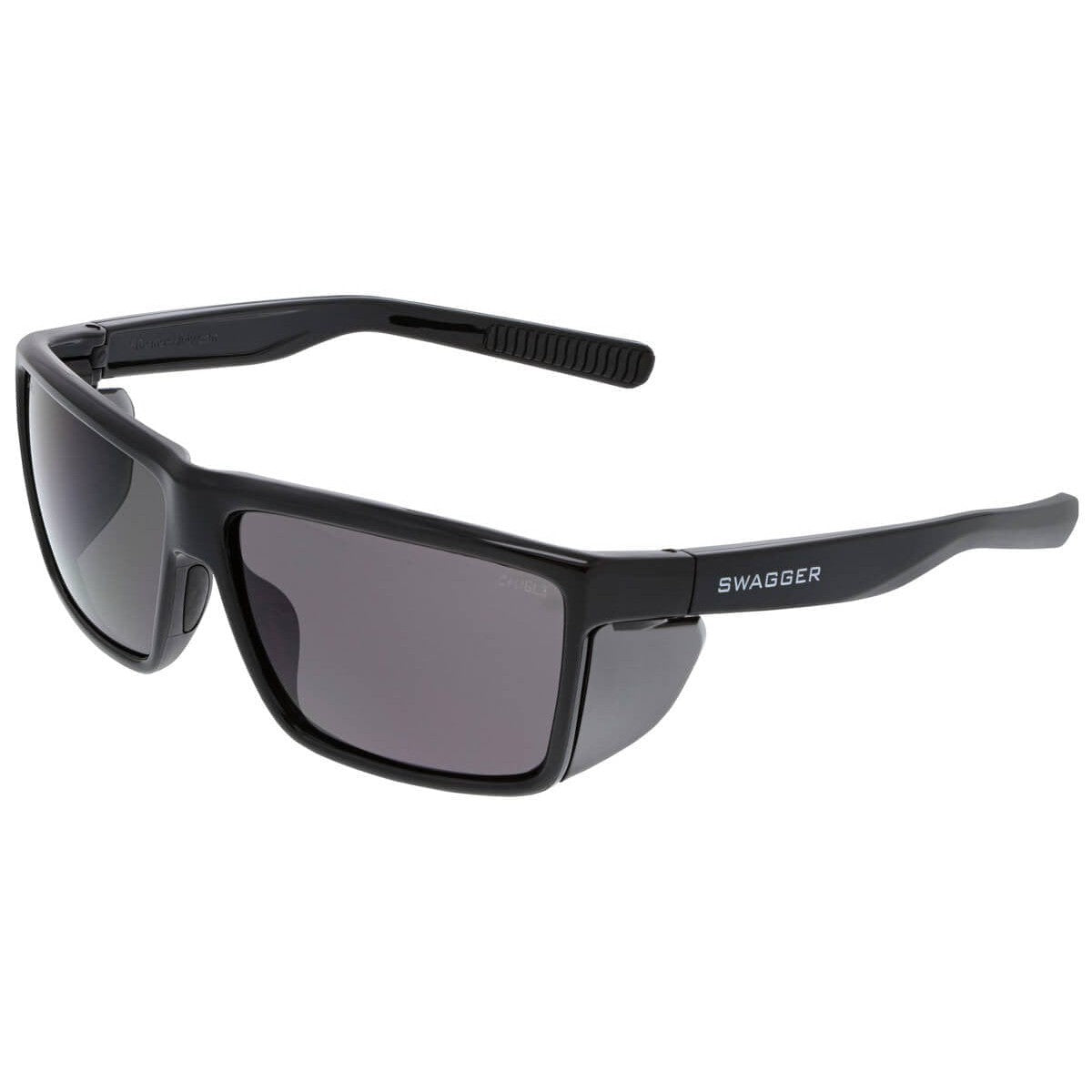Does staying indoors mean you're protected against harmful UV rays from the sun?
Yes and no. Consider the following facts about UVA and UVB rays generated by the sun.
- UVB rays are the primary cause of sunburn and are strongest in the summer.
- UVA rays contribute to premature aging and wrinkles. This is because they stay constant throughout the year.
- UVA rays account for 95% of UV radiation. In addition, they are 30-50 times more prevalent than UVB rays.
- UVB rays cannot pass through glass
- Up to 50% of UVA rays can pass through glass.
So, being inside protects you from UVB rays but not necessarily from UVA rays.
Does this mean that protection from the sun by using sunscreen, sunglasses, and protective closing is necessary indoors too?
Again, the answer is yes and no. The amount of UVA rays passing through windows depends upon the glass type and coating on the glass. For example, the Skin Cancer Foundation says car windows let in more than 60% of UVA rays. For buildings, recent advancements in window glass provided a glass that reduces UV transmissions to 20%. Some types of glass protect against up to 99% of all UV light. However, they are not common in residential and commercial structures.

Because the type of glass varies from one building and vehicle to another, protection from UVA rays while indoors depends on each individual's situation. SkinCancer.org says the amount of time a person spends in the car or working near windows significantly impacts the amount of UVA rays he receives.
Most Americans spend 80% of their days behind glass. Therefore, individuals most vulnerable to UVA rays through glass include anyone working near windows or in a vehicle for extended periods. The more time spent in either situation, the more necessary protective measures.
Recommendations for those with excessive indoor UVA exposure:
- Always wear a broad-spectrum sunscreen with an SPF of 15 or higher.
- Consider UV eye protection. Many options of safety sunglasses exist for workers who need UV and impact protection.
- Use window shades or blinds when the sun's rays are strongest.
- Arrange workspace to give as much distance as possible from windows.
- When driving or riding in a car for extended periods, wear protective clothing (long sleeve shirt & pants). Also, wear wrap-around sunglasses, like the Crossfire AR3 Safety Glasses, to protect against UVA and UVB rays.
- Add tinting to car windows. Make sure the auto facility can meet the federal mandate for tinting.

Some believe the type of lighting also contributes to indoor UV exposure. Research shows light sources are not a significant factor, though.
Anti-aging skin care based on independent research indicates that "typical exposure to UV light from commonly used types of fluorescent lamps is relatively small" and "most UV light generated by common halogen lamps is blocked."
However, those same studies recommend extra protection for those spending a lot of time under fluorescent or halogen lighting.
The bottom line about indoor UV protection
A lot of time in the sun coming through windows puts you at risk for UVA-related skin cancer. But unfortunately, it also increases wrinkles and premature aging. To limit both, take measures to protect your eyes and skin as if you were outside in direct sunlight for extended periods.
